Reading the paper on January 25, 1941.
Yesterday, while President Franklin Roosevelt welcomed the new British ambassador, Lord Halifax, to America, US isolationists attacked the pending Lend Lease bill on Capitol Hill.
William Castle, the former Under-Secretary of State in the Hoover Administration, said the bill would place the direction of the new world war in the hands of two opposing dictators: Hitler and Franklin Roosevelt.

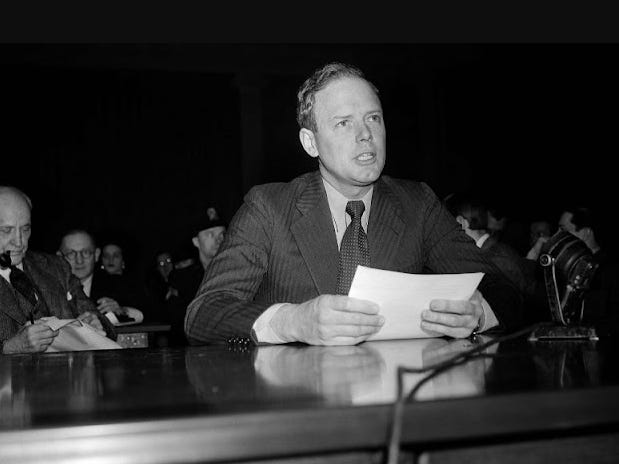
The German government praised the Congressional testimony of Charles Lindbergh, who also opposes the Lend Lease bill, hailing his courage in the face of the ‘moral terrorism now being practiced by the American interventionists.’
‘The US is not in danger, regardless of the outcome of the European war,’ Lindbergh had told Congress, and ‘the sinking of the entire British Navy would pose no danger to the US.’
Lindbergh claimed an Allied invasion of the European continent to defeat Nazi Germany would require ‘a combination of miracles’ to succeed.
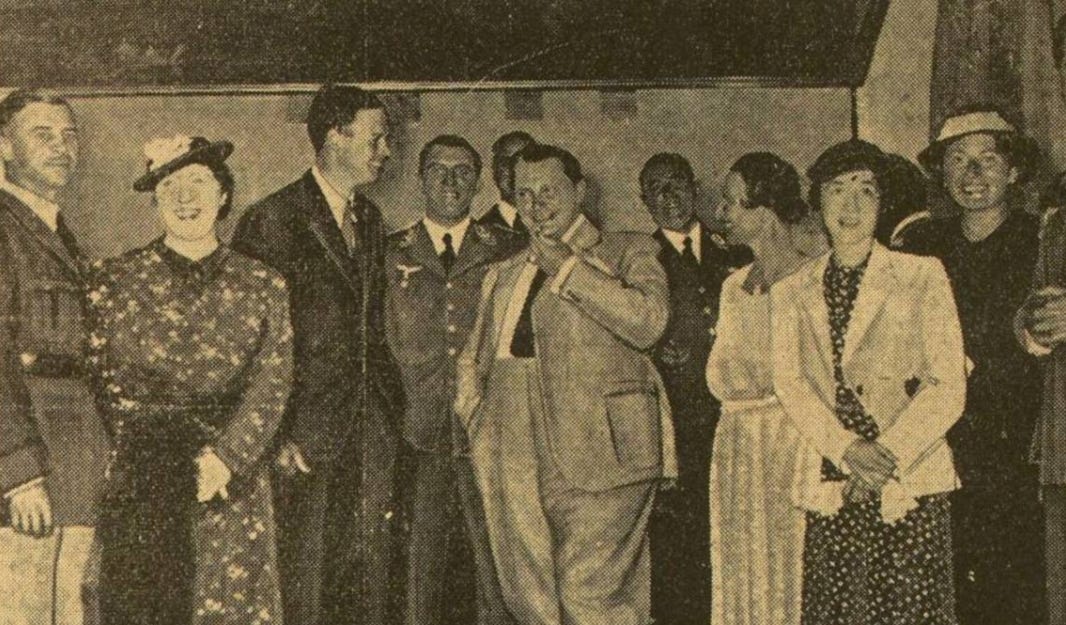
When reporters asked FDR whether he had any comment on Lindbergh’s testimony, the president said he did not and indicated he had no intention of reading it.
Meanwhile, as Britain prepares for an expected Nazi invasion this year, a new US public opinion poll reveals that 71% of Americans believe a German defeat of Britain would directly affect their lives, up from 47% ten months ago.

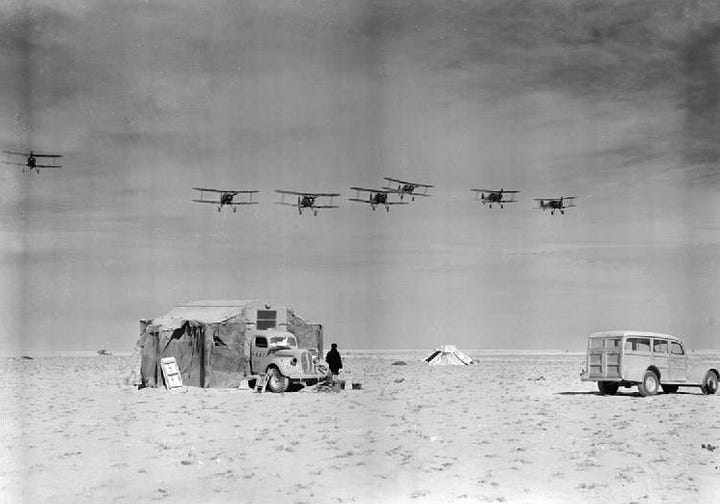
British ground and air forces are continuing their offensive in Libya and report they now hold 114,000 Italian troops as prisoners of war.
And the RAF conducted another bombing raid on Nazi air bases in Sicily, igniting large fires which were visible in Malta, some sixty miles to the south.


Bad weather has grounded both the British and German air forces, bringing London its fifth night in a row of sleep undisturbed by Blitz bombing.
British authorities have warned the public not to collect souvenirs from downed German aircraft and are urging people to turn in to local authorities any items collected.
Recently, two young boys were injured in an explosion when they used a vice to attempt to open an unexploded German shell which they had found in a field.


Infantile Paralysis Sunday will be observed in churches tomorrow, as part of the annual polio fundraising drive which concludes on Thursday, President Roosevelt’s 59th birthday.
[FDR established the National Foundation for Infantile Paralysis in 1938. It later became the March of Dimes.]
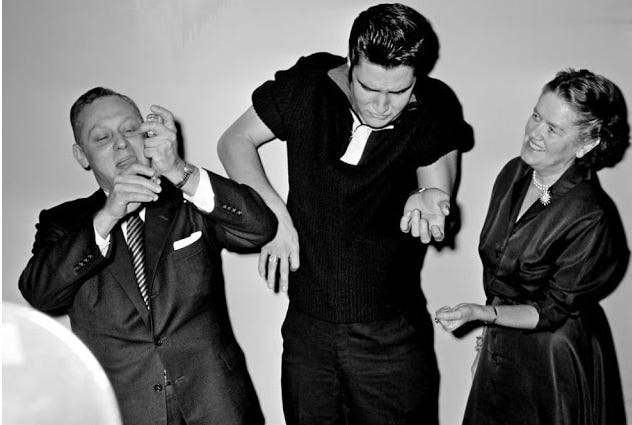
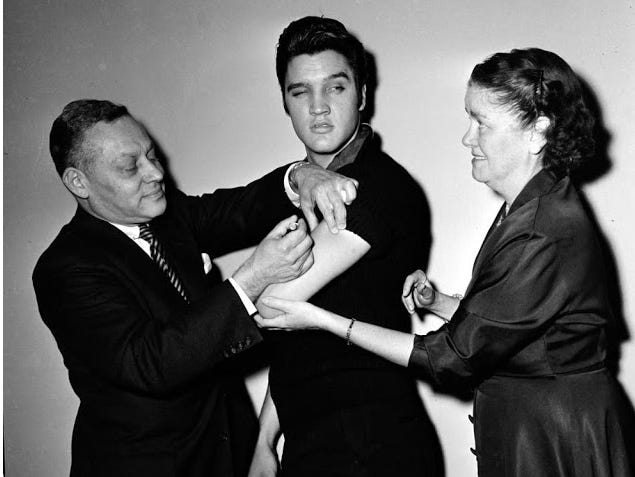
[The first US polio epidemic took place in 1916, beginning with several cases in Brooklyn. More than 6,000 people died. By the 1940s, polio outbreaks were annual occurrences, usually in the summer months. With no cure, parents tried to protect their children by keeping them from public places, such as swimming pools and movie theaters. Dr. Jonas Salk tested the first polio vaccine in 1952.]

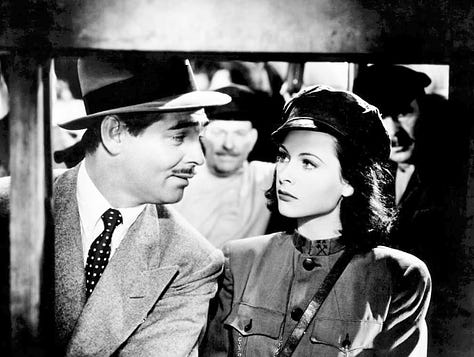

Playing in movie theaters to rave reviews: “High Sierra,” starring Humphrey Bogart.
Also in movie theaters: Clark Gable and Hedy Lamar in “Comrade X” and Judy Garland in “Little Nellie Kelly.”

The British author Phillips Oppenheim has arrived in London safely, after a six-month struggle to leave his home in Cannes, a city, like the whole of the French Rivera, which struggles under Nazi occupation.
Food was scarce there, he said, but gambling was still going on in the Monte Carlo Casino.

Television advocates staged a successful demonstration yesterday for members of the Federal Communications Commission in their bid to convince the Commission that television is sufficiently advanced to merit commercialization.
Scenes from a military camp on Long Island sixty-eight miles away were beamed to Radio City Music Hall by an automatic radio relay system and experts agreed that little of the images’ definition or brilliance was lost in the transmission.
Commissioners were told that relay towers for television signals would one day dot the country, enabling television networks to send signals to homes across the nation.
Commissioners will visit the Columbia Broadcast Company offices tomorrow, where they will be shown television images broadcast in color.
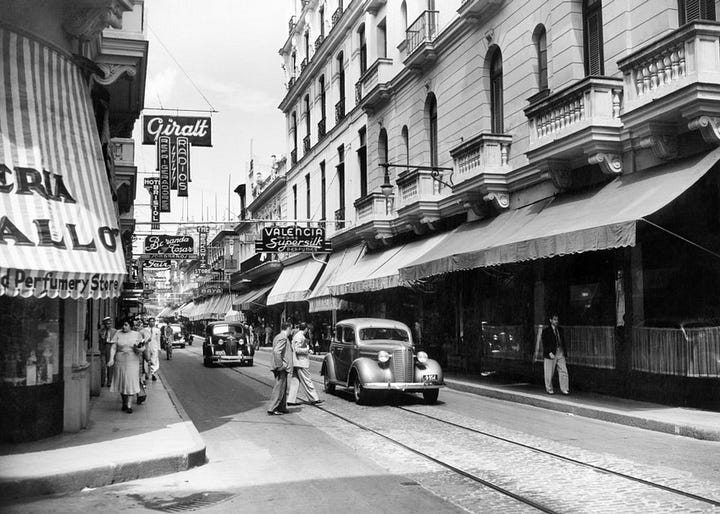

And finally…
The Cuban press has ridiculed the resolution a US senator introduced in Congress yesterday which calls for the admission of Cuba as a new American state.
In Havana, Cuban senators have requested a special session of the Cuban congress to craft an official response to the idea, calling it ‘offensive to Cuba’s national dignity.’
One Cuban newspaper suggested the Cuban congress instead petition the State of Florida to inquire whether they desired independence from the United States.
…everything old is new again.
I’ll see you on Monday.
— Brenda














Share this post